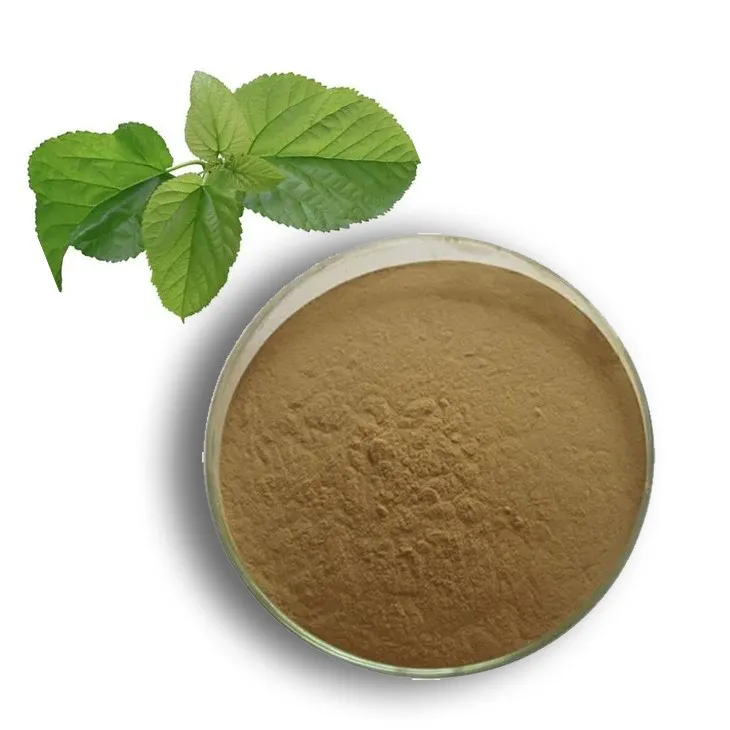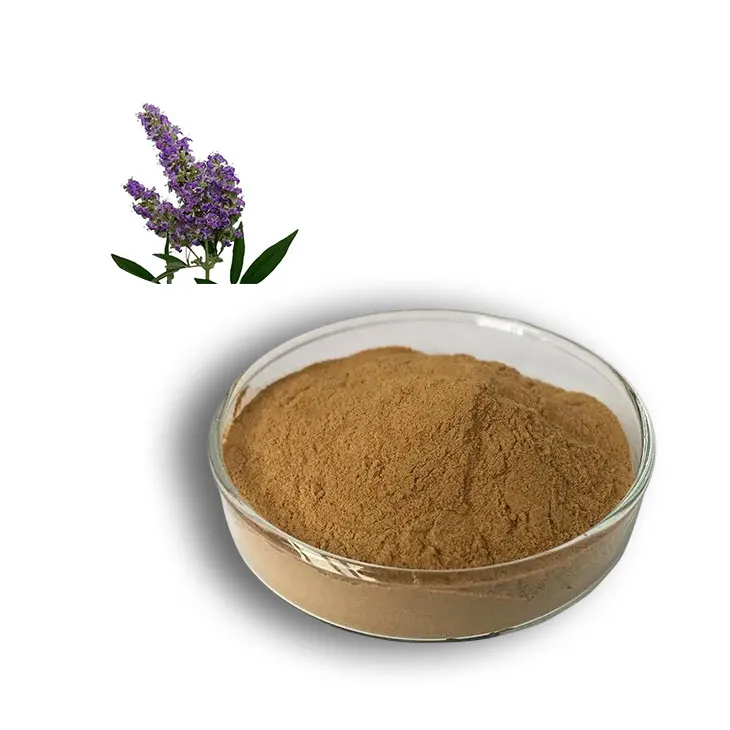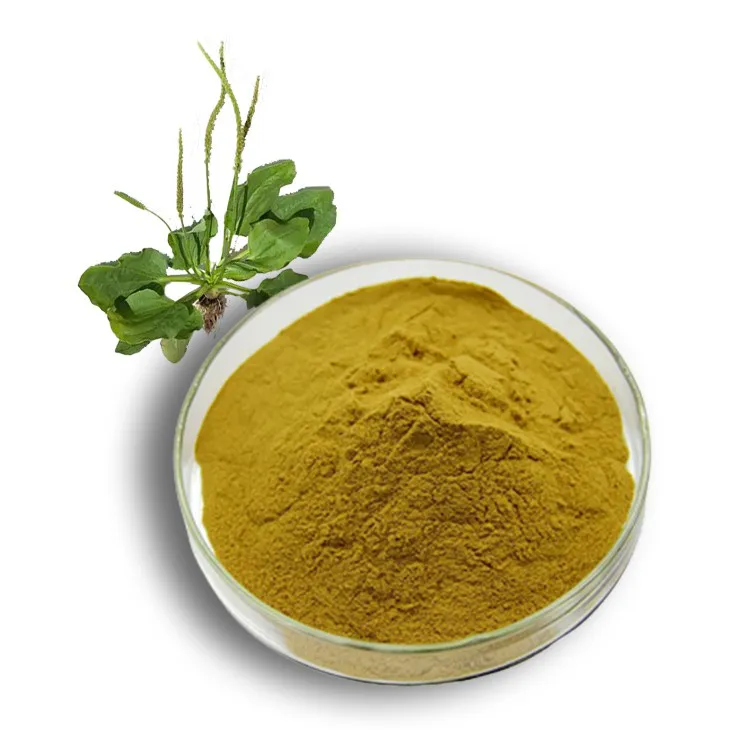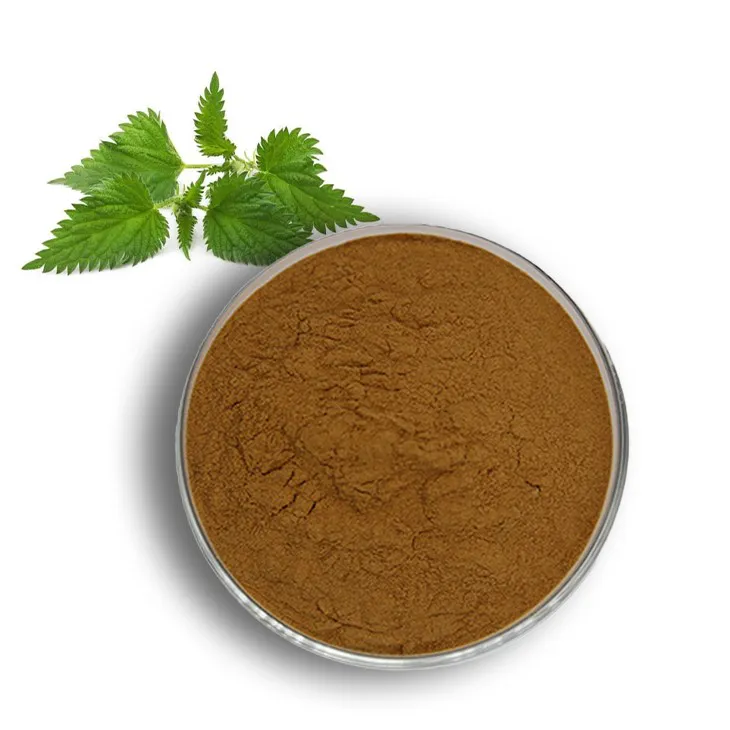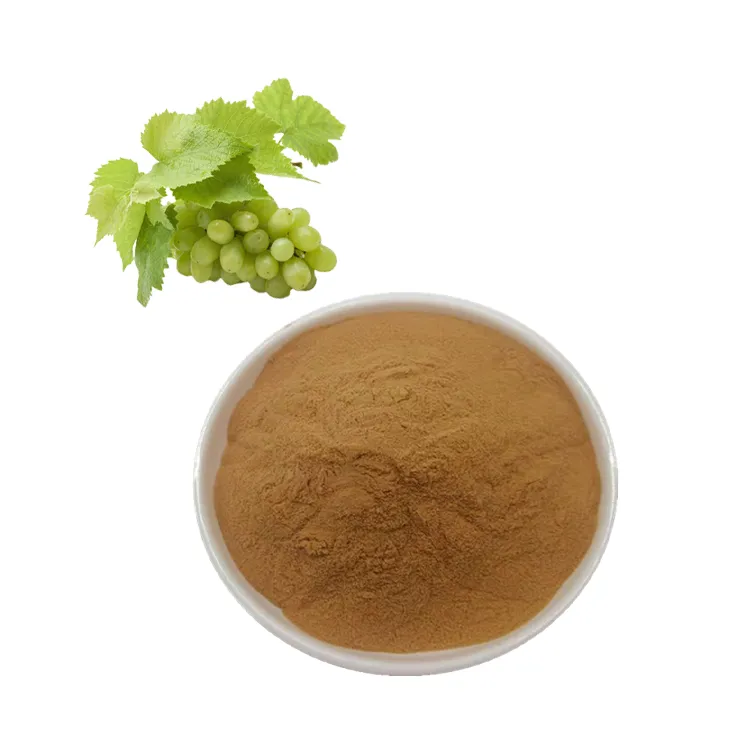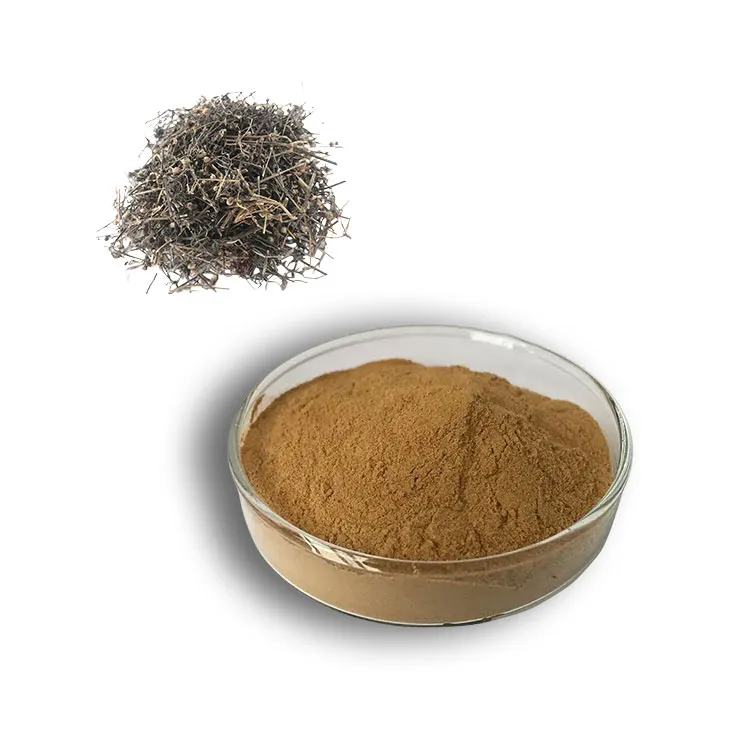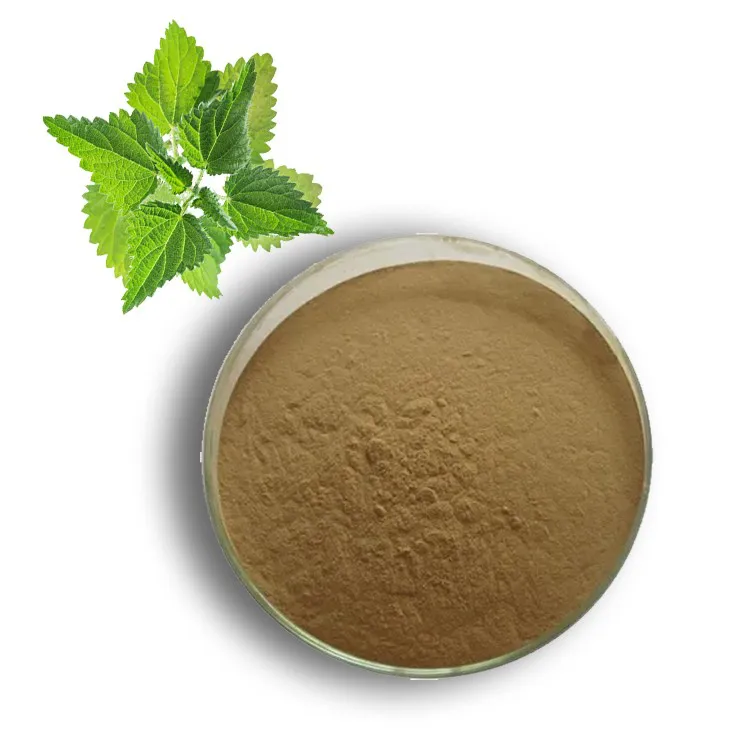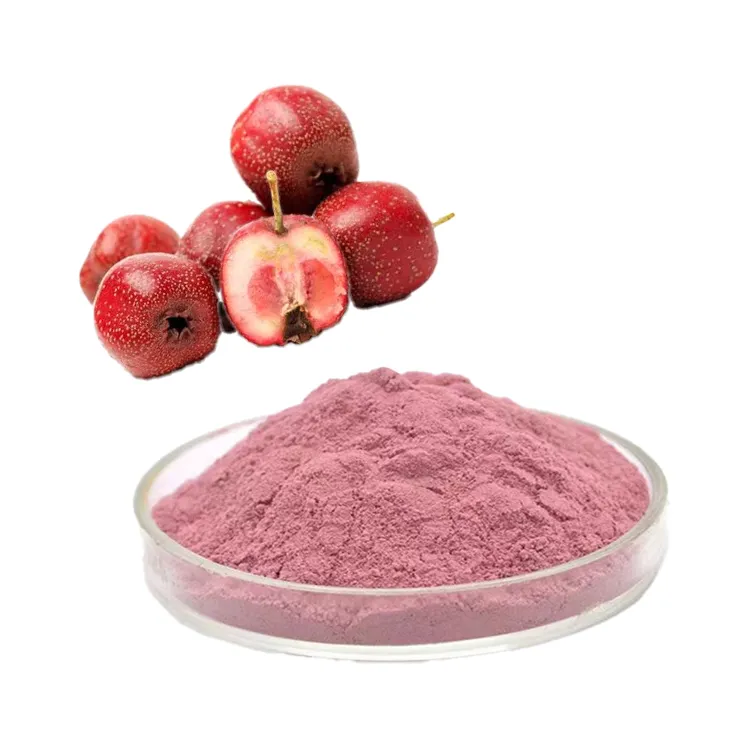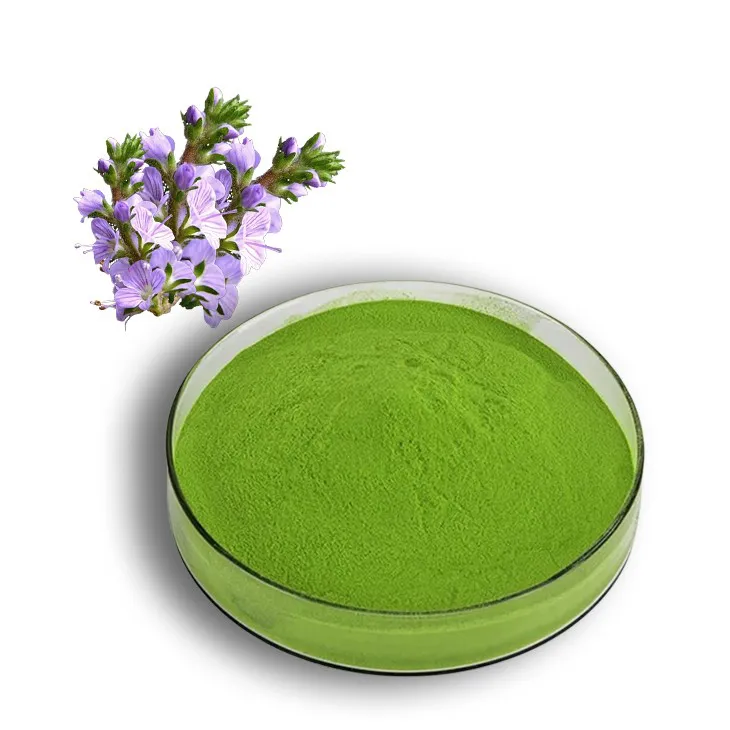- 0086-571-85302990
- sales@greenskybio.com
Iron Metabolism: How the Body Processes This Essential Mineral
2025-08-20
Iron, a vital mineral in the body, doesn’t simply remain fixed in the system before being expelled; rather, it is intricately stored, utilized, and recycled according to the body's needs. This article explores the complex metabolism of iron, detailing its journey through absorption, transport, storage, and recycling.
Iron Metabolism in the Body
Iron is crucial for numerous physiological functions, particularly in blood cell production and oxygen transport. The metabolism of iron involves several key processes:
1. Iron in Red Blood Cells: Functional iron resides predominantly in red blood cells as part of hemoglobin. This accounts for about 70% of the body’s iron. Red blood cells have a lifespan of approximately 120 days, after which they break down in the spleen. The iron from these cells is then recycled to synthesize new red blood cells.
2. Circulating Iron: Iron circulates in the bloodstream bound to a protein called transferrin. This form of iron is readily available for cells, particularly those in the bone marrow, to utilize for red blood cell production. The circulating iron remains in the bloodstream for only a few hours, necessitating replenishment through dietary sources.
3. Stored Iron: The body stores iron in the forms of ferritin and hemosiderin. These reserves supply iron when dietary intake is insufficient, or demand is increased, such as during pregnancy. Stored iron remains in the system for extended periods.
Factors Influencing Iron Stores
Several factors can affect the duration and levels of iron in the body:
- Dietary Intake: Insufficient consumption of iron-rich foods can deplete the body's iron reserves.
- Genetic Conditions: Disorders like hemochromatosis can lead to excessive absorption and storage of iron, potentially causing organ damage due to iron overload.
- Blood Loss: Conditions like heavy menstruation, gastrointestinal bleeding, and frequent blood donations can reduce iron levels.
- Increased Demand: Periods of growth such as childhood, adolescence, and pregnancy increase the body's need for iron.
Iron Absorption in the Body
The absorption levels of iron depend on both the form consumed and the current iron status in the body:
- Ferrous Iron: Easily oxidized and absorbed in the small intestine, found in supplements and foods.
- Heme Iron: The most easily absorbed form, present in animal products, with an absorption rate between 15-35%.
- Non-Heme Iron: Found in plant-based and fortified foods, generally absorbed less efficiently, and subject to degradation during digestion.
Iron balance, or homeostasis, is maintained largely through dietary absorption regulated by the hormone hepcidin, produced by the liver. High iron reserves result in increased hepcidin release, reducing absorption and release from storage. Conversely, low iron levels decrease hepcidin, enhancing absorption and mobilization of stored iron.
Iron supplementation can lead to noticeable improvements in conditions like iron deficiency anemia within two weeks, but it typically takes at least three months for iron stores to be fully replenished. This intricate system ensures the body receives the necessary amount of iron while preventing excess accumulation.
- ▶ Hesperidin
- ▶ Citrus Bioflavonoids
- ▶ Plant Extract
- ▶ lycopene
- ▶ Diosmin
- ▶ Grape seed extract
- ▶ Sea buckthorn Juice Powder
- ▶ Fruit Juice Powder
- ▶ Hops Extract
- ▶ Artichoke Extract
- ▶ Mushroom extract
- ▶ Astaxanthin
- ▶ Green Tea Extract
- ▶ Curcumin
- ▶ Horse Chestnut Extract
- ▶ Other Product
- ▶ Boswellia Serrata Extract
- ▶ Resveratrol
- ▶ Marigold Extract
- ▶ Grape Leaf Extract
- ▶ New Product
- ▶ Aminolevulinic acid
- ▶ Cranberry Extract
- ▶ Red Yeast Rice
- ▶ Red Wine Extract
-
Mulberry leaf Extract
2025-08-20
-
Ginger Extract
2025-08-20
-
Chasteberry Extract
2025-08-20
-
Plantain extract
2025-08-20
-
Nettle Root Extract
2025-08-20
-
Grape Leaf Extract
2025-08-20
-
Hedyotis Diffusa Extract
2025-08-20
-
Nettle leaf extract
2025-08-20
-
Hawthorn powder
2025-08-20
-
Alfalfa Meal
2025-08-20











